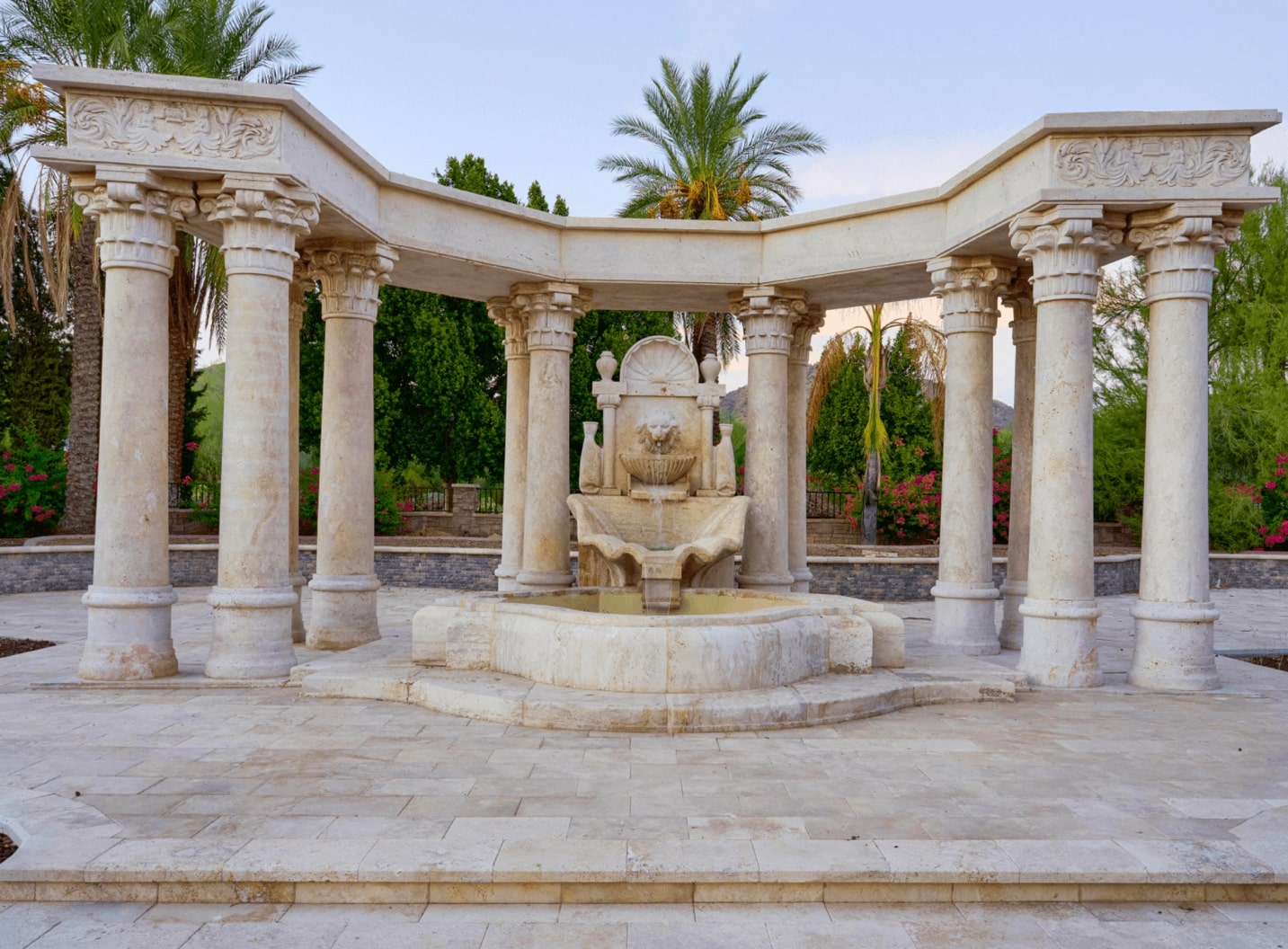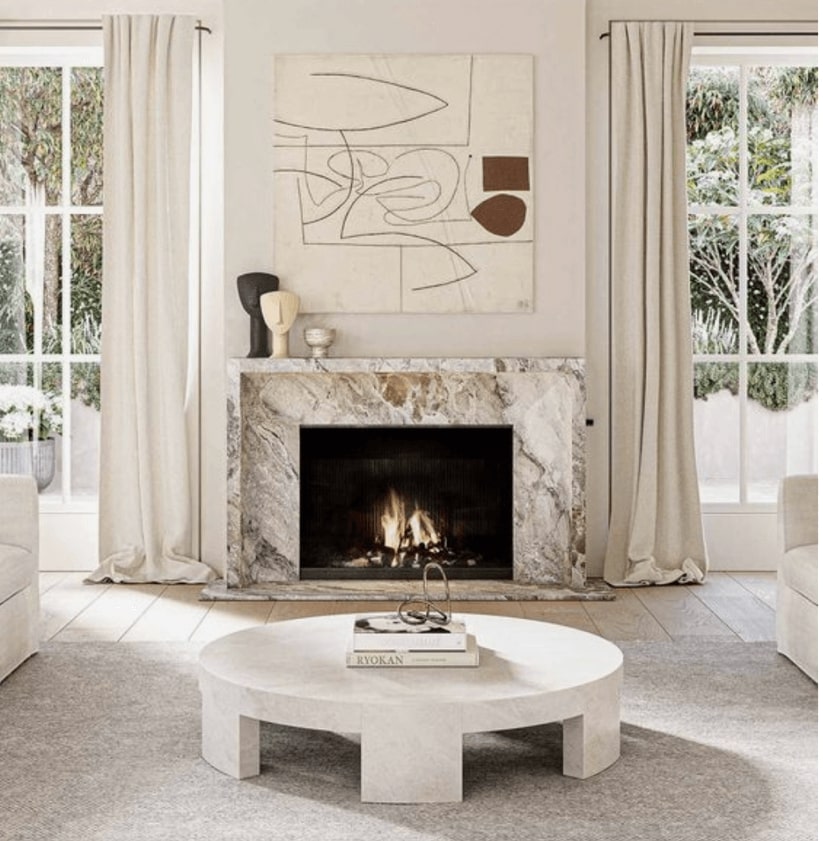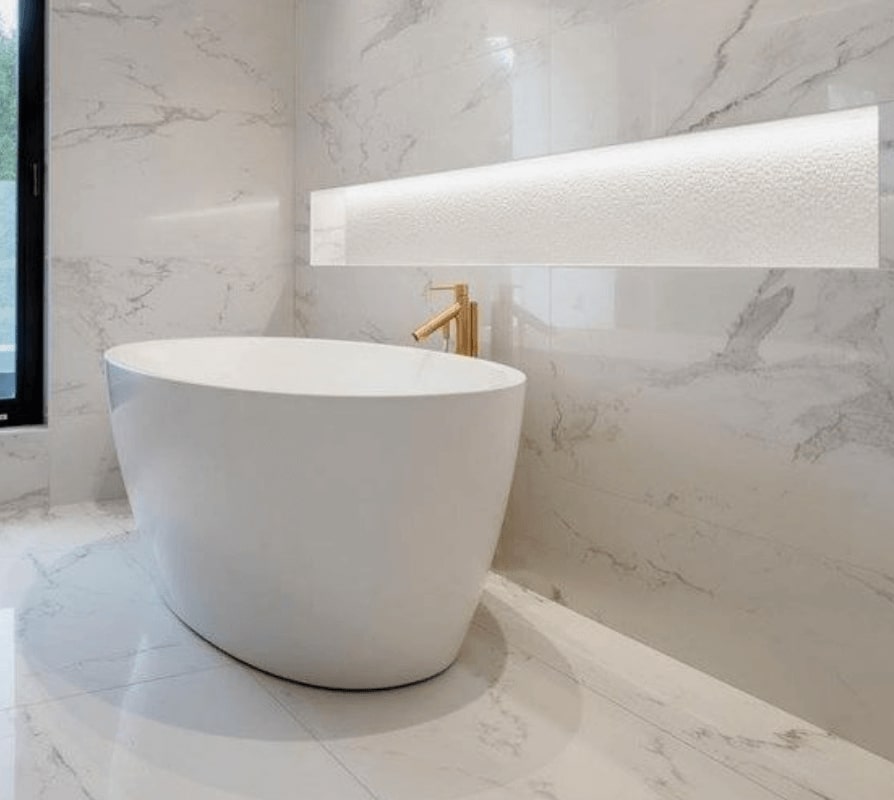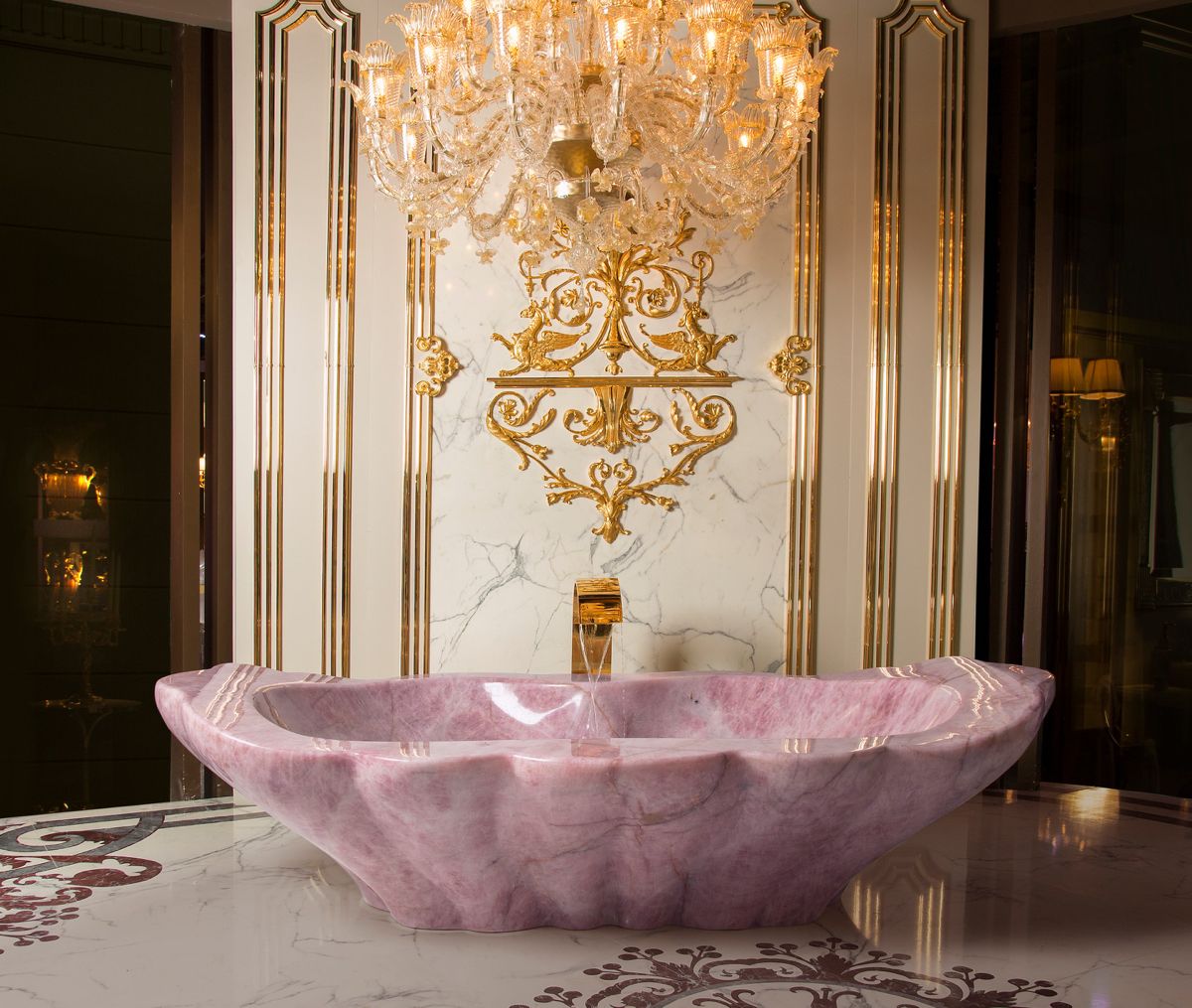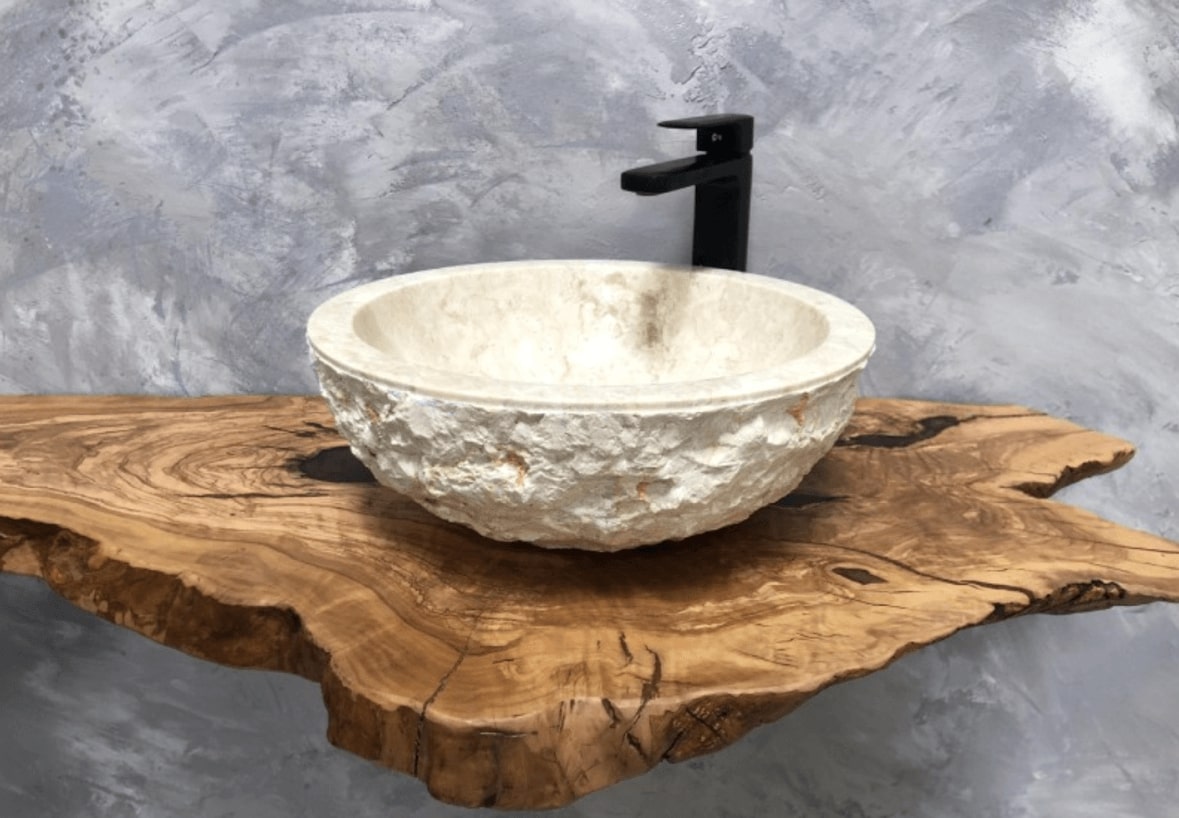Characteristics of Good Religious Marble Statue: Capturing the Essence of Devotion and Artistry
When it comes to religious marble statues, certain characteristics distinguish exceptional sculptures from ordinary ones. These statues are not merely decorative objects; they hold deep spiritual significance and serve as conduits for devotion and reflection. Whether it's an angel, Jesus, or the Virgin Mary, understanding the qualities that make a good religious marble statue can help you select a piece that resonates with your spiritual journey. Let's explore the key characteristics that contribute to the beauty and power of these divine sculptures.

Lifelike Representation of Marble Statue
A good religious marble statue goes beyond mere resemblance and strives to capture the essence of its subject with lifelike representation. The artist skillfully sculpts the physical features, proportions, and anatomy of the figure, paying attention to even the smallest details. The goal is to create a sculpture that feels alive, as if the subject could step out of the marble and into the world. The realism achieved in the statue helps viewers connect more deeply with the spiritual significance of the subject.

Expressive Facial Features of Marble Statue
The face of a religious marble statue holds great importance in conveying the emotions and spiritual depth of the subject. The artist meticulously crafts the facial features to capture a range of expressions and evoke a sense of transcendence. Whether it's a compassionate gaze, a serene smile, or a look of divine wisdom, the expression should resonate with viewers and invite contemplation. The facial features serve as a window to the soul, enabling a profound connection with the spiritual message the statue represents.

Attention to Detail of Marble Statue
The meticulous attention to detail is a vital characteristic of a good religious marble statue. It involves the careful sculpting of intricate elements such as clothing, accessories, hair, and even the texture of the skin. Each fold of fabric, every strand of hair, and every crease or wrinkle contributes to the overall authenticity and visual impact of the sculpture. The artist's dedication to capturing these details reflects their commitment to craftsmanship and adds a layer of beauty and realism to the artwork.

Graceful Poses and Movement of Marble Statue
The posture and pose of a religious marble statue play a significant role in conveying the spiritual essence of the subject. A well-executed pose can evoke a sense of grace, power, or tranquility, capturing the spiritual significance associated with the figure. The artist carefully considers the body language, gestures, and movement of the subject to create a sculpture that exudes a profound sense of purpose and spirituality. The ability to convey a sense of movement within the stillness of the marble adds dynamism and visual interest to the artwork.

Quality of Marble in Creating the Marble Statue
The choice of marble is crucial in determining the overall quality of a religious statue. High-quality marble, such as Carrara marble, is often favored for its desirable properties, including durability, luminosity, and fine texture. The color and veining of the marble can enhance the visual appeal of the statue and contribute to its character. Expert sculptors take great care in selecting the marble, considering how it will complement and enhance the subject of the sculpture. The quality of the marble used directly impacts the statue's longevity and ability to withstand the test of time.

Symbolic Elements of the Marble Statue
Incorporating symbolic elements is a characteristic that adds depth and meaning to a religious marble statue. These symbols can include objects or attributes associated with the subject, such as a crown, a book, or specific gestures. Symbolism allows for layers of interpretation and invites viewers to contemplate the spiritual significance behind the statue. Expert sculptors integrate these symbols seamlessly into the sculpture, harmonizing them with the overall composition and enhancing the statue's symbolic power.
By considering these characteristics, you can appreciate the craftsmanship and artistry involved in creating a good religious marble statue. Each aspect, from lifelike representation to symbolic elements, contributes to the ability of the sculpture to inspire devotion, reflection, and a deep connection with the divine.
Marble Statue’s Emotional Resonance
A well-crafted religious marble statue possesses the ability to evoke an emotional response from viewers. It transcends its physical form to touch the hearts and souls of those who encounter it. The statue's presence, beauty, and spiritual significance stir up feelings of reverence, awe, serenity, or even inspiration. The artist skillfully crafts the sculpture with the intention of evoking these emotions and creating a profound impact on the viewer's spiritual journey. The emotional resonance of a religious marble statue is a testament to the artist's ability to capture the spiritual essence of the subject and create a connection that goes beyond the visual realm.
The emotional response elicited by the statue can vary from person to person, as each individual brings their unique experiences, beliefs, and spiritual inclinations. Some may feel a sense of peace and tranquility, while others may be moved to contemplation or even find solace in the presence of the statue. The emotional resonance of a religious marble statue is a powerful characteristic that makes it more than just a work of art, but a transformative spiritual experience.
Example of a Good Religious Marble Statue: "The Pieta" by Michelangelo
One exceptional example of a religious marble statue that embodies the characteristics discussed is "The Pieta" by Michelangelo.
"The Pieta" is one of the most renowned sculptures in the world and was created by the Italian artist Michelangelo di Lodovico Buonarroti Simoni, commonly known as Michelangelo. Born in 1475, Michelangelo was a highly influential figure of the Italian Renaissance, excelling in various artistic disciplines, including painting, sculpture, and architecture.
Michelangelo carved "The Pieta" from a single block of Carrara marble when he was only in his early twenties. The sculpture was commissioned for the French cardinal Jean de Bilhères, who intended it to be placed in his funeral chapel in Rome. Completed between 1498 and 1499, "The Pieta" was initially installed in the Chapel of Santa Petronilla in Old St. Peter's Basilica.
"The Pieta" portrays the poignant scene of the Virgin Mary cradling the lifeless body of Jesus Christ after his crucifixion. Despite the tragic subject matter, Michelangelo infused the sculpture with a sense of tranquility and serenity, capturing the emotional essence of the moment. The tenderness expressed in Mary's posture and the idealized beauty of both figures exemplify the humanist ideals of the Renaissance era.

Michelangelo's mastery in sculpting is evident in the intricate details of "The Pieta." The flowing drapery that envelops Mary's figure, the delicate rendering of her facial features, and the realistic portrayal of Jesus' body showcase his exceptional technical skills. The sculpture's composition and balance, along with the use of Carrara marble, contribute to its aesthetic and spiritual impact.
Let's examine how this sculpture exemplifies the key characteristics of a good religious marble statue:
- Lifelike Representation. Michelangelo's exceptional skill is evident in the lifelike representation of the figures. The delicate features of Mary's face, the flowing drapery that envelops her body, and the intricate details of Jesus' physique create a realistic portrayal that captures the profound grief and sorrow of the moment.
- Expressive Facial Features. The facial expressions of both Mary and Jesus are deeply emotive. Mary's serene yet mournful expression conveys her sorrow and unwavering love for her son, while Jesus' peaceful countenance reflects the serenity of his sacrifice. The detailed facial features effectively communicate the emotional depth of the scene.
- Attention to Detail. Michelangelo's meticulous attention to detail is evident throughout the sculpture. From the intricate folds of the clothing to the delicate rendering of the hands and feet, every aspect is intricately carved. The artist's precision and dedication to capturing even the smallest elements contribute to the sculpture's authenticity and visual impact.
- Graceful Poses and Movement. The pose of Mary and Jesus in "The Pieta" is strikingly graceful and evokes a sense of harmony. Mary's seated position with Jesus' body gently resting on her lap creates a composition that exudes tranquility and maternal tenderness. The flowing lines and the naturalistic positioning of the figures imbue the sculpture with a sense of movement and dynamic tension.
-
Quality of Marble. Michelangelo chose Carrara marble for "The Pieta," known for its purity and luminosity. The white marble enhances the ethereal quality of the sculpture and gives it a timeless beauty. The choice of marble contributes to the overall excellence of the artwork and allows it to endure as a masterpiece of Renaissance sculpture.
- Symbolic Elements. "The Pieta" incorporates symbolic elements that deepen its spiritual meaning. The inclusion of Mary's halo and the serene expressions of both figures symbolize their divine status and the sacredness of the moment. The sculpture's symbolism adds layers of interpretation and invites contemplation on the themes of sacrifice, redemption, and maternal love.
- Emotional Resonance. "The Pieta" elicits a powerful emotional response from viewers. The portrayal of Mary's sorrow and Jesus' sacrifice stirs feelings of compassion, empathy, and awe. The sculpture's ability to touch the hearts and souls of those who encounter it is a testament to its emotional resonance, which transcends time and connects people to the profound spiritual message it represents.
"The Pieta" by Michelangelo stands as an extraordinary example of a religious marble statue that encapsulates the characteristics of exceptional craftsmanship, deep spirituality, and artistic mastery. Its lifelike representation, expressive facial features, attention to detail, graceful poses, choice of marble, symbolic elements, and emotional resonance make it a profound and moving work of art.
Conclusion
In conclusion, a good religious marble statue encompasses lifelike representation, expressive facial features, attention to detail, graceful poses and movement, quality of marble, symbolic elements, and emotional resonance. These characteristics work together to create a captivating sculpture that not only beautifies a space but also serves as a visual and spiritual reminder of devotion, faith, and the sacred. When selecting a religious marble statue, consider these qualities to choose a piece that resonates with your spirituality and enriches your sacred spaces.
If you're interested in acquiring a customized marble statue, we invite you to contact Classybath Stone Tubs. Our team of skilled artisans is dedicated to crafting exquisite and personalized marble statues that reflect your unique vision and spiritual journey. Reach out to us today to discuss your requirements and bring your artistic aspirations to life.

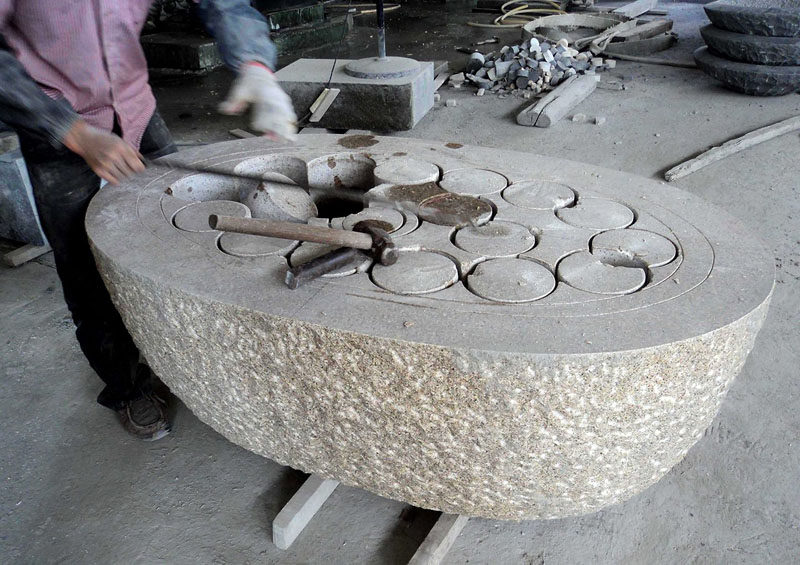
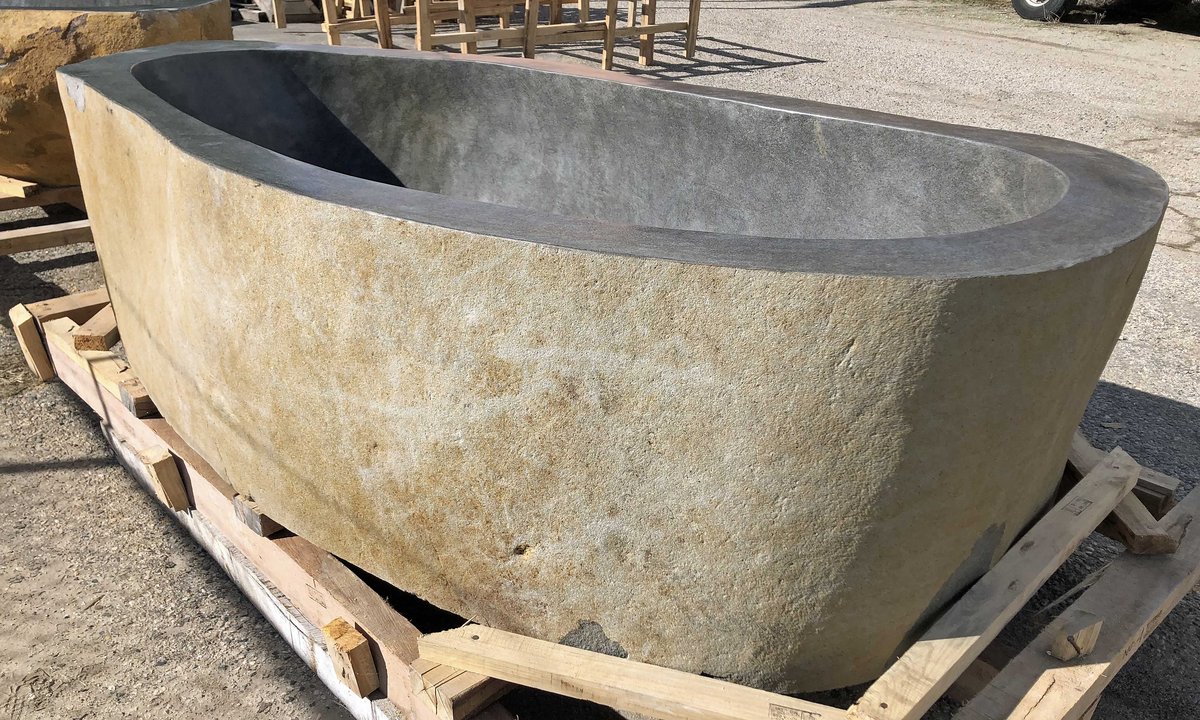
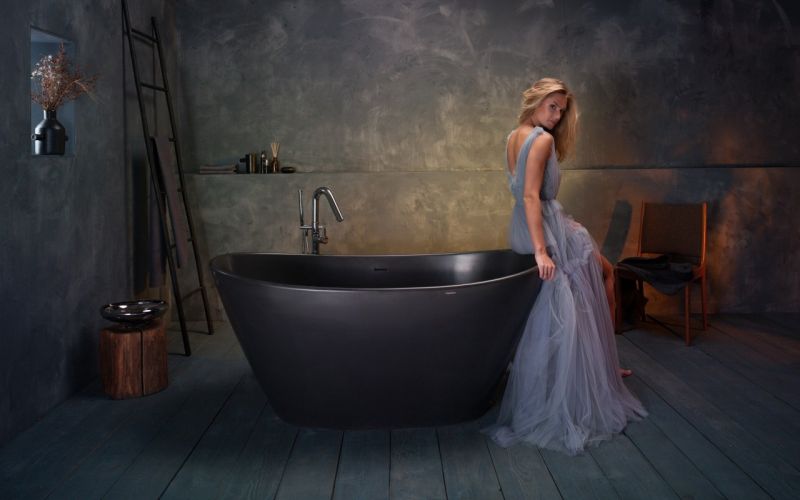
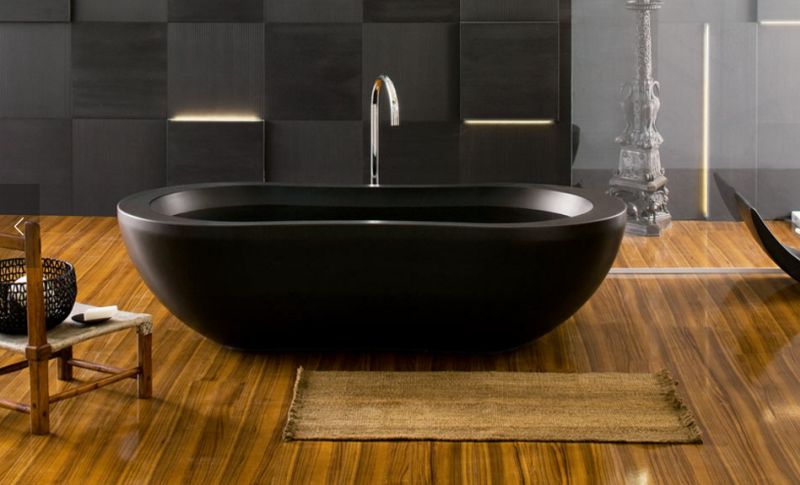
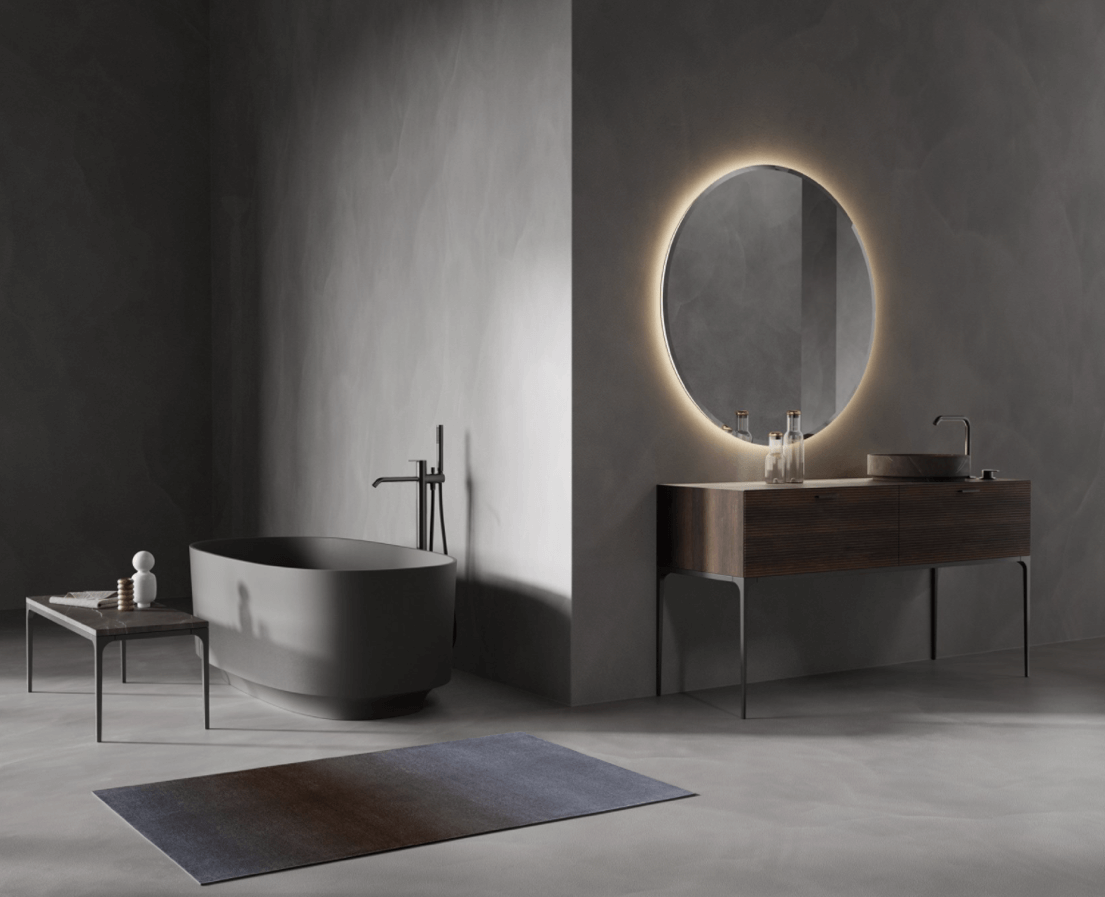
.png)
